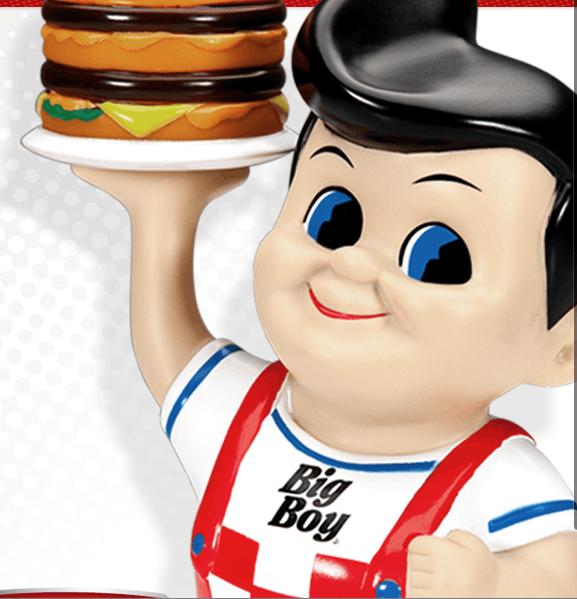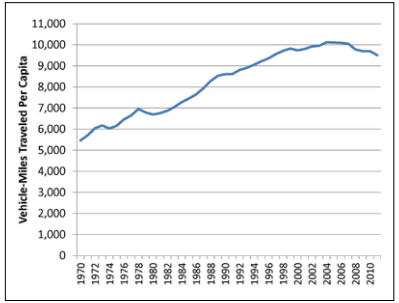
I got my driver’s license the day I turned 16 and spent much of the rest of my youth behind the wheel, cruising Hollywood Blvd and munching burgers at Bob’s Big Boy Drive-In on Van Nuys Blvd. My friends and I even watched movies in our cars — at the local drive-in theater.
Times have changed. My son didn’t bother to get his license till he went off to college and only because he actually needed to drive. And, according to recent research from the University of Michigan Transportation Research Institute in Ann Arbor, “a higher proportion of internet users was associated with a lower licensure rate.” The finding, according to the Institute “is consistent with the hypothesis that access to virtual contact reduces the need for actual contact among young people.” According to the Associated Press, “About 69 percent of 17-year-olds had a driver’s license in 1983″ compared to 50% in 2008. Even among young adults 20-24, the rate dropped from nearly 92% in 1983 to 82% in 2008.
No wonder General Motors turned turned to a division of MTV to get advice on how to sell cars to young people, Ross Martin, a 37-year old of MTV Scratch, told the New York Times, “They think of a car as a giant bummer.” The Times cites the National Highway Administration statistic that “drivers ages 21 to 30 drove 12 percent fewer miles in 2009 than they did in 1995.”
Fewer miles per year

A new report from Calpirg found that in 2011, the average American was driving 6 percent fewer miles per year than in 2004 but that among young people (16-34) the drop was an astounding 23% from an average of 10,300 miles to 7,900 miles per person.
A lot has changed since the days of my youth but the most startling change is the onslaught of social media. Even before Facebook and MySpace, my kids were using AOL Instant Messenger (AIM) to maintain a steady online conversation with their friends. Today, it’s common to keep up with friends near and far via Facebook or to share quick tidbits via Twitter.
Even Google and Wikipedia may be having an impact on driving. Back when I was in high school and even graduate school I would drive to the library to look things up. Today students can “Google” facts, look them up in Wikipedia or — hopefully — access original source material including online journals. We don’t even need to drive to the bookstore to buy our books — we download e-books to read on Kindles, iPads or even smart phones. The same can be said for visiting record stores. I used to drive my car to Wallach’s Music City in Hollywood or the House of Sight and Sound in Van Nuys to check out the latest music. Now all that happens online.
People still hanging-out
I’m not suggesting that social media has killed in-person togetherness. People still hang out, go to dinner and take in movies. Just walk around any big city on a weekend night and you’ll see plenty of young people hanging out and chances are they went online to arrange their get together, buy their tickets and make their dinner reservations. What you won’t see, however, are people cruising around in cars. You will see people on bikes and plenty of people walking and using public transportation.
Implications for policy
The Calpirg report concluded that “The shift away from six decades of increasing vehicle travel to a new reality of slow-growing or even declining vehicle travel has potentially seismic implications for transportation policy,” and argues “to meet the demand for alternative transportation, federal, state and local governments would need to prioritize investment in public transportation, bike lanes, sidewalks and other transportation alternatives.”
So, as supportive as I am of putting Americans to work to fix our rotting infrastructure of existing roads and bridges, the data puts into question our obsession to build even more roads or widen the ones we have. I for one want to see more public transportation, more bike lanes and more support for telecommuting.
Be the first to comment